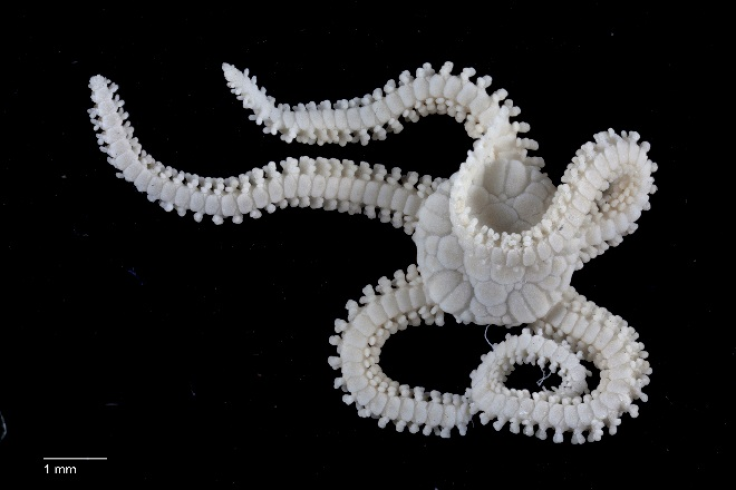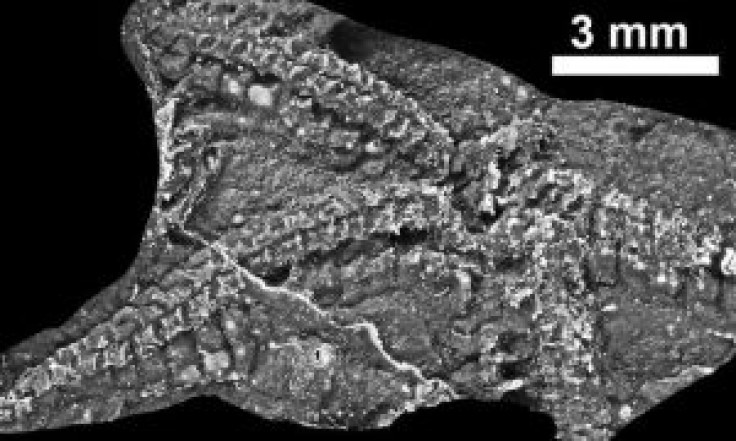435 million-year-old brittle star fossil is a new species that survived extinction of dinosaurs
The fossil was discovered in Ireland and has been named Crepidosoma doyleii, after Dr. Eamon Doyle who discovered it in the 1980's.

A 435 million-year-old fossil of a brittle star that was discovered in Ireland has been identified as a completely new species. The newly identified sea creature species is believed to be related to modern starfish and is considered to have had incredible survival abilities.
According to a new study by an international team of researchers, brittle stars first evolved around 500 million years ago and have survived almost unchanged to the present day. About 400 million years ago, the brittle star species also survived the disappearance of the ocean that was once its home, after the Earth's tectonic plates shifted.
The fossil was discovered in Ireland and has been named Crepidosoma doyleii, after Dr. Eamon Doyle who discovered it in the 1980's. "I am delighted with the honour afforded to me by these eminent and internationally respected palaeontologists," Dr. Doyle said in a statement.
According to Dr. Doyle, the brittle star has incredible survival powers and has even lived through continents colliding the the mass extinction of the dinosaurs, The Irish Times reported.
"The remote areas of the west of Ireland continue to yield some exceptional fossils which leave a significant impact on our understanding of the history of life. These new and unique specimens of fossil starfish from the Silurian rocks of Connemara are a key piece of evidence in the hunt for ancient life in the long vanished ocean that once covered Ireland, some 435 million years ago," David Harper, a professor at Durham University and co-author of the new study, said in a statement.
"We owe a great deal to the painstaking efforts of Dr Eamon Doyle who meticulously combed these distant mountains for fossils during his PhD studies at what was then University College Galway (now NUI Galway). A renewed interest in the migration of animals into deeper water during this early, but crucial phase of earth's history prompted a re-examination of many of lesser-known localities from the Silurian time period," Harper added. "The remote areas of western Ireland are less well known than they should be!"
The fossil will soon be displayed at the National Museum of Ireland. The findings of the new research have been published in the Irish Journal of Earth Sciences.







